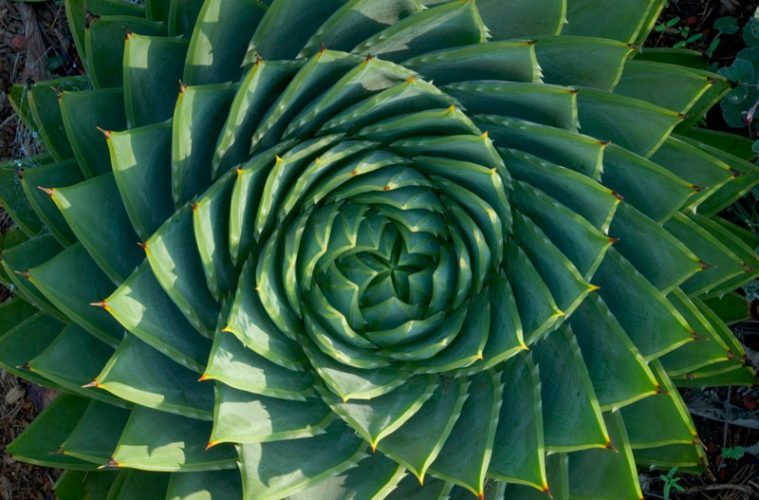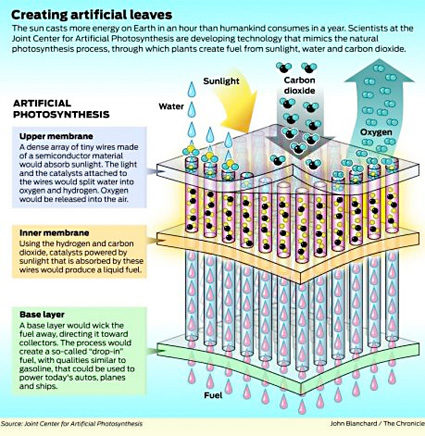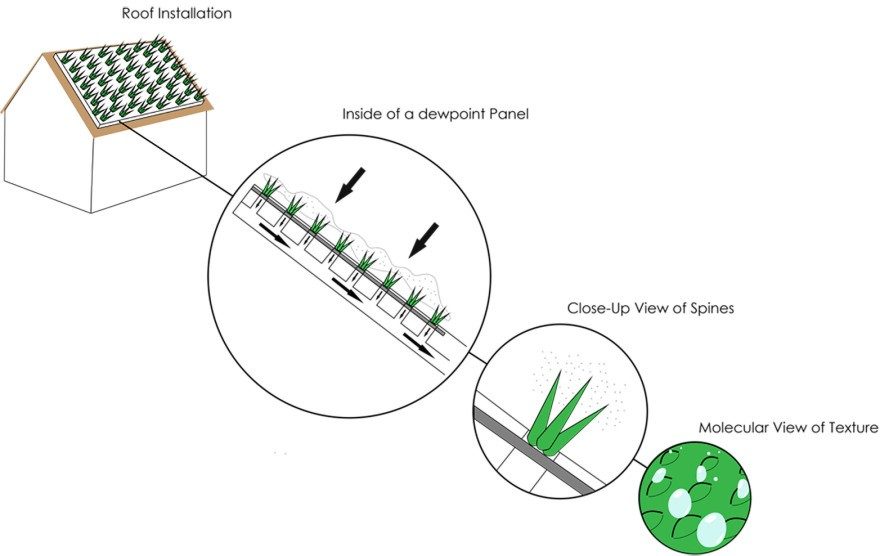There's no doubt humans are resourceful — just look at the world we've created. However, as much as there may be to celebrate regarding just how far we've come, it's also incredibly important to hone in on the massive sustainability problems that have resulted from our innovations.
Biomimicry seeks to change that, however.
An alternative approach to innovation, biomimicry's goal is to create sustainable solutions to human challenges by
echoing nature's patterns and strategies. The approach involves creating products, processes, and polices that are well-adapted to life on earth for generations to come.
Hard to envision what this would look like? Check out these four incredible tech innovations that have been inspired by biomimicry:
Wind Turbine With Hummingbird WingsUntil recently, scientists haven't been able to crack the code on animal and human motions coinciding with machines. For instance, a typical wind turbine involves a pinwheel shape, but a
new design from Tyer Wind has now implemented hummingbird wings. The new turbine's design uses wings as opposed to traditional rotating blades to turn energy from wind into green electricity thanks to 3-D Aouinian Kinematics.
A Leaf-Inspired BridgeA little leaf may not seem like the symbol of strength, but if you take into consideration how many leaves stand their ground whilst being whipped around by weather's windy, rainy, and otherwise intense conditions, it begins to make a little more sense that a bridge would take them into consideration. Wanda Lewis of
University of Warwick's School of Engineering used the process of form-finding to create a bridge design that requires little to no maintenance or repairs. For 25 years, she has been studying how forms of nature, like a leaf on a tree, are able to withstand modern stressors like traffic and extreme weather conditions.
The result is a mathematical model thought to be safer, more durable, and long-lasting by implementing a once elusive optimal arch.Artificial LeafSpeaking of leaves,
Caltech's Joint Center for Artificial Photosynthesis has taken advantage of the century-old technology in a refreshing way —
mimicking the natural process to affordably store energy using the sun. Two electrodes make up the group's artificial leaf — one that produced hydrogen gas, and another that produced oxygen gas. The third part of the equation is a plastic membrane that ensures the gathered gases separate.
Such a design shows the possibility of a system that uses just sunlight, water, and carbon dioxide to create hydrogen fuels capable of being used when desired.Cactus Water CollectorStudents from
the School of the Art Institute of Chicago utilized their knowledge that certain cacti are capable of collecting and storing water particles from fog to create a design called Dewpoint. The concept, inspired by the desert plant, recreated the prong-like spines of the cactus, connecting them to a panel capable of collecting and absorbing water for saving purposes. Currently,
the team is looking into how their design may be of benefit to easing drought-prone areas of the world, along with desertification, and disappearing water sources.
Comment: It makes so much sense to work with and learn from nature rather than seeking to exploit our natural resources because of the greed of psychopaths in power. We can see in these examples, human creativity and innovation at work and how technology, instead of being used to oppress people and advance warfare, can be used for the betterment of humanity.
For more on some of the designs, in particular the Dewpoint water collector, see this video.
And this is what Wanda Lewis, the designer of the leaf-inspired bridge, had to say about her ambitious project:
A new generation of indestructible bridges could be possible, thanks to research from the University of Warwick.
Emeritus Professor Wanda Lewis in the School of Engineering has taken a design process called 'form-finding', inspired by the natural world, to another level.
Form-finding enables the design of rigid structures that follow a strong natural form - structures that are sustained by a force of pure compression or tension, with no bending stresses, which are the main points of weakness in other structures.
This could, for the first time, lead to the design of bridges and buildings that can take any combination of permanent loading without generating complex stresses.
Such structures will have enhanced safety, and long durability, without the need for repair or restructuring.
For 25 years Professor Lewis has been studying forms and shapes in nature: the outlines of a tree or a leaf, the curve of a shell, the way a film of soap can suspend itself between chosen boundaries. In all of these natural objects, Professor Lewis observed that they develop simple stress patterns, which help them to withstand forces applied to them (such as wind hitting a tree) with ease.
Professor Lewis has been developing mathematical models that implement nature's design principles and produce simple stress patterns in structures. The principles behind her mathematical models are illustrated using physical form-finding experiments involving pieces of fabric or chains, for example.
A piece of fabric is suspended, and allowed to relax into its natural, gravitational, minimum energy shape; then that shape is frozen into a rigid object and inverted. She finds the coordinates of this shape through computation by simulating the gravitational forces applied to the structure. This produces a shape (a natural form) that can withstand the load with ease.
Professor Lewis argues that "nature's design principles cannot be matched by conventional engineering design."
While classical architectural designs are appealing to the eye, they aren't necessarily structurally sound: "aesthetics is an important aspect of any design, and we have been programmed to view some shapes, such as circular arches or spherical domes as aesthetic. We often build them regardless of the fact that they generate complex stresses, and are, therefore, structurally inefficient," says Professor Lewis.




Comment: It makes so much sense to work with and learn from nature rather than seeking to exploit our natural resources because of the greed of psychopaths in power. We can see in these examples, human creativity and innovation at work and how technology, instead of being used to oppress people and advance warfare, can be used for the betterment of humanity.
For more on some of the designs, in particular the Dewpoint water collector, see this video.
And this is what Wanda Lewis, the designer of the leaf-inspired bridge, had to say about her ambitious project: